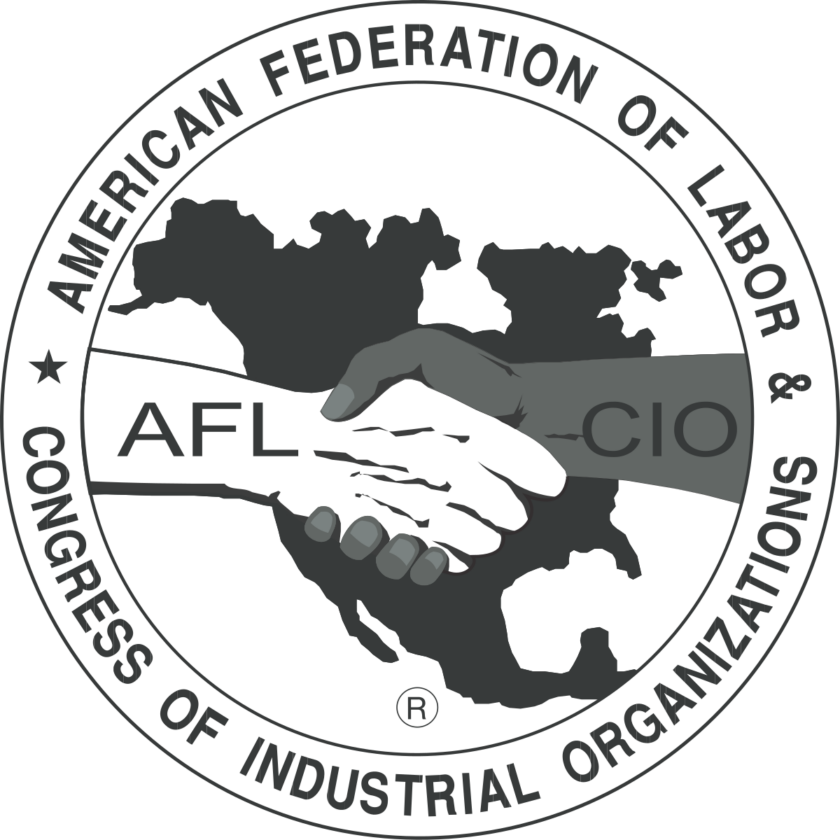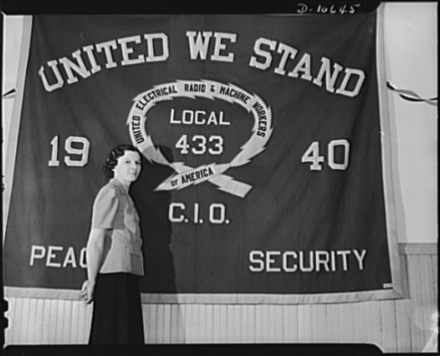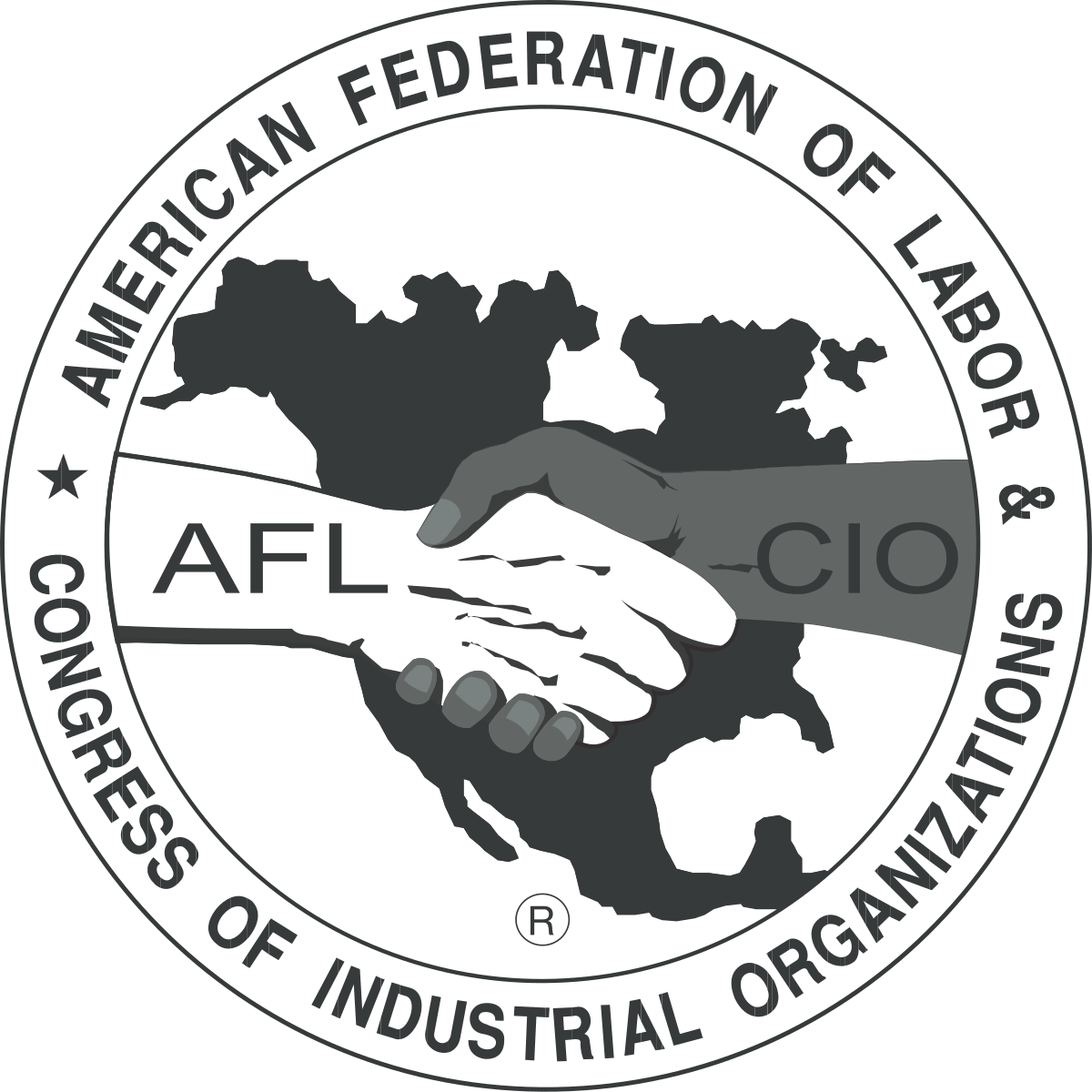Discover the pivotal role of the Congress of Industrial Organizations (CIO) in reshaping American labor. Learn how it emerged from the AFL, organized unskilled workers, and influenced labor rights, leading to its historic merger forming the AFL-CIO.
Quick Read
- The Congress of Industrial Organizations (CIO) was formed in the mid-1930s after splitting from the American Federation of Labor (AFL).
- The CIO focused on organizing unskilled and semiskilled workers in mass-production industries.
- John L. Lewis, president of the United Mine Workers of America (UMWA), led the CIO, gaining significant momentum by unionizing major industries like steel and automobiles.
- A notable event was the 1936-1937 “sit-down” strike against General Motors, which demonstrated the effectiveness of industrial unionism.
- The CIO formalized its independence from the AFL in 1938, adopting its new name and constitution.
- The CIO played a crucial role during World War II, ensuring wartime production while securing workers’ rights.
- In 1955, the CIO merged with the AFL to form the AFL-CIO, solidifying its legacy in American labor history.

The Evolution and Impact of the Congress of Industrial Organizations (CIO)
The Congress of Industrial Organizations (CIO) represents a significant chapter in the history of labor unions in North America, marking a crucial shift in how workers, particularly in mass-production industries, organized to fight for their rights. Originating in the mid-1930s, the CIO was born from a schism within the American Federation of Labor (AFL), a federation that traditionally limited its membership to skilled craft unions and was reluctant to embrace industrial unions that catered to unskilled and semiskilled factory workers.
The Birth of the CIO: A Response to AFL’s Limitations
The 1930s were a turbulent time in American history, with the Great Depression leaving millions of workers vulnerable and unemployed. The New Deal administration under President Franklin D. Roosevelt, however, brought new hope to the labor movement. The passage of the National Industrial Recovery Act (NIRA) in 1933, followed by the Wagner Act (National Labor Relations Act) in 1935, granted workers the rights to organize and engage in collective bargaining, significantly bolstering the power of unions.
Despite this favorable environment, the AFL remained committed to organizing only skilled workers, leaving the vast majority of unskilled and semiskilled workers in industries like steel, rubber, and automobiles without adequate representation. This gap in leadership and representation led to a critical debate within the AFL during its 1935 convention. When a resolution to support industrial unionism was defeated, it became clear that a new path was necessary.

The Formation and Rise of the CIO
In November 1935, John L. Lewis, president of the United Mine Workers of America (UMWA), alongside representatives from seven other unions, announced the formation of the Committee for Industrial Organization (CIO). This new coalition aimed to organize workers in mass-production industries, filling the void left by the AFL’s restrictive policies. Lewis, with financial backing from unions like the Amalgamated Clothing Workers of America (ACWA) and the International Ladies’ Garment Workers’ Union (ILGWU), led the charge in mobilizing and unionizing unskilled and semiskilled factory workers.
The CIO’s early years were marked by intense competition with the AFL, as both organizations vied for control over the American labor movement. The CIO, however, quickly gained momentum by successfully organizing workers in previously non-unionized sectors, including major corporations like U.S. Steel and General Motors. These efforts were often met with resistance, sometimes erupting into violent confrontations.
One of the most notable events in the CIO’s rise was the “sit-down” strike against General Motors during the winter of 1936-1937. This dramatic protest not only demonstrated the effectiveness of industrial unionism but also inspired a wave of similar strikes across the country, further solidifying the CIO’s influence.

Breaking Away and Establishing the CIO
The tensions between the CIO and AFL culminated in 1937 when the AFL suspended the 10 dissident unions affiliated with the CIO. In response, the CIO formalized its break from the AFL by holding its first convention in Pittsburgh in November 1938. At this convention, the organization adopted a new name, the Congress of Industrial Organizations (CIO), and elected John L. Lewis as its first president.
Under Lewis’s leadership, the CIO continued to grow, organizing workers at major companies like Ford Motor Company and several steel giants. Despite Lewis’s resignation in 1940, after Roosevelt’s reelection, his successor, Philip Murray, continued to build on these successes.

The CIO’s Legacy and Merger with the AFL
The CIO’s achievements extended beyond mere unionization; it established robust systems of industry-wide collective bargaining that endured for decades. During World War II, the CIO played a crucial role in ensuring that wartime production met the nation’s needs, while also securing rights and protections for workers.
In 1955, recognizing the strength of unity, the CIO merged with its former rival, the AFL, to form the American Federation of Labor–Congress of Industrial Organizations (AFL-CIO). This merger symbolized the culmination of the CIO’s efforts to represent all workers, regardless of skill level, and solidified its legacy as a transformative force in American labor history.
Final Words
The Congress of Industrial Organizations (CIO) played a pivotal role in shaping the labor landscape of the United States. By championing the rights of unskilled and semiskilled workers and challenging the status quo, the CIO helped to establish a more inclusive and powerful labor movement. Its eventual merger with the AFL marked the beginning of a new era in labor relations, one that would influence the American workforce for generations to come.
